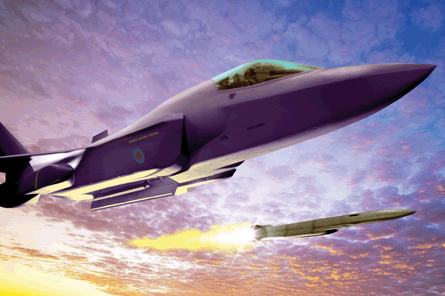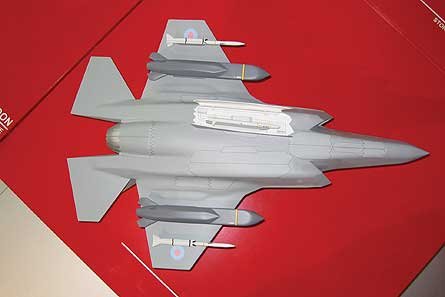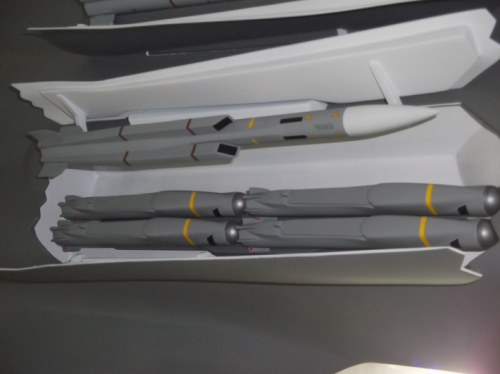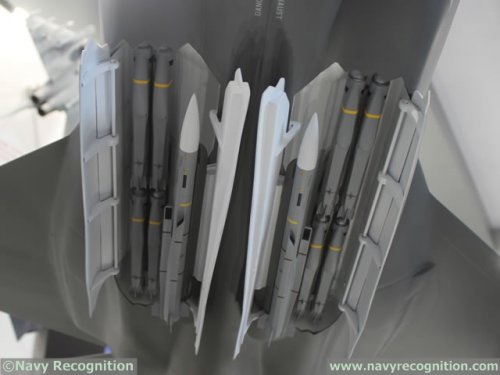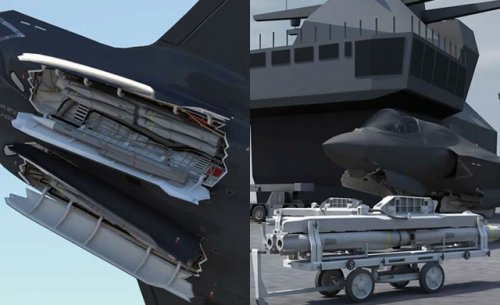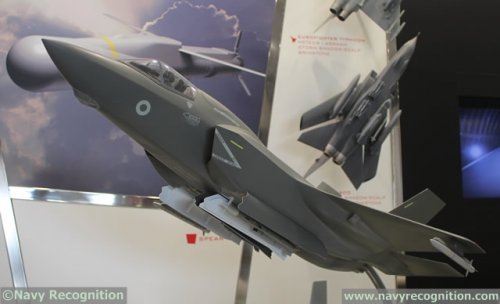- Joined
- 21 April 2009
- Messages
- 13,732
- Reaction score
- 7,617
More to the above:sferrin said:bobbymike said:http://www.nationaldefensemagazine.org/blog/Lists/Posts/Post.aspx?ID=1953
Gen. Welsh Makes Subtle Digs at A-10 Supporters, F-35 Critics
NATIONAL HARBOR, Md. -- Chief of Staff of the Air Force Gen. Mark Welsh has heard one too many times that his service doesn't care about close-air support missions.
"Really? I'm kind of tired of hearing that," he said Sept. 15 at the Air Force Association conference.
The Air Force has averaged about 20,000 CAS sorties per year for the last seven years. "At what point do we get a little bit of acknowledgement for that?"
Quoting Ian33's post from the Next Gen Bomber thread here:
"During the early days of Afghanistan campaign, my friend (British Commando) was attached to a US unit.
There were twelve of them, and they were on a peak looking down. They called for an air support and asked how many precision JDAM were available. 40 weapons were dropped in one overhead pass. This prevented the Northern Alliance troops getting massacred in the valley below, and allowed my friends and the team to really have utmost confidence in the available fire power.
I'm adding this as even in a low intesnsity conflict, high numbers of weapons are some times needed in one fell swoop."
I'm wondering how a pair of A-10s would have handled hitting 40 CAS targets almost simultaneously. My guess is "abysmally". The whole notion that "the USAF hates CAS and wants ground troops to die" is retarded beyond description. And yes, I've actually seen idiots claim the USAF wants ground troops to die, as well as others claiming the USAF doesn't care if they die.
Ramping Up Kinetics in OIR
—Marc V. Schanz 9/17/2015
Answering critics of the scale and disposition of OIR strikes on ISIS forces, Lt. Gen. John Hesterman told ASC15 attendees Sept. 16 that airmen are taking out enemy forces at an unprecedented rate, and that the last two months have been the “most kinetic on record” in the conflict thus far. He pointed out on Sept. 8 three B-1Bs emptied their entire weapons loads over Iraq and Syria on 80 targets in 20 minutes, and strike packages such as this are enabled by the intelligence community “coming together… and turning a lot of that exquisite intelligence capability into targetable data.” Targeting packages for a 24/7 air campaign are the real tough part of the operation, he noted. “We are getting better at that. But in my humble opinion … Our ability to do that had atrophied a little bit before we started this campaign,” he noted. Asked about how strike approval processes were affecting the campaign, Hesterman again stressed targeting. “The environment on the ground is not clear,” he said. Bad information in many instances would have led to friendlies killed. “The number of times the initial call on the enemy on the ground was incorrect was over 100 times by the time I left the theater,” Hesterman noted. ISIS forces were often dressed similarly to friendly Iraqi forces, for example, or pretending to be friendly forces. This meant sometimes letting Iraqis do some organization to make sure air planners “knew where they were,” Hesterman said. This may lead to some sorties going home without dropping weapons, but the next aircraft to show up often will get to hit the target. The coalition would be gone “in a week” if even some percentage of the time, air assets dropped bombs on Iraqi soldiers instead of ISIS, he stressed.

